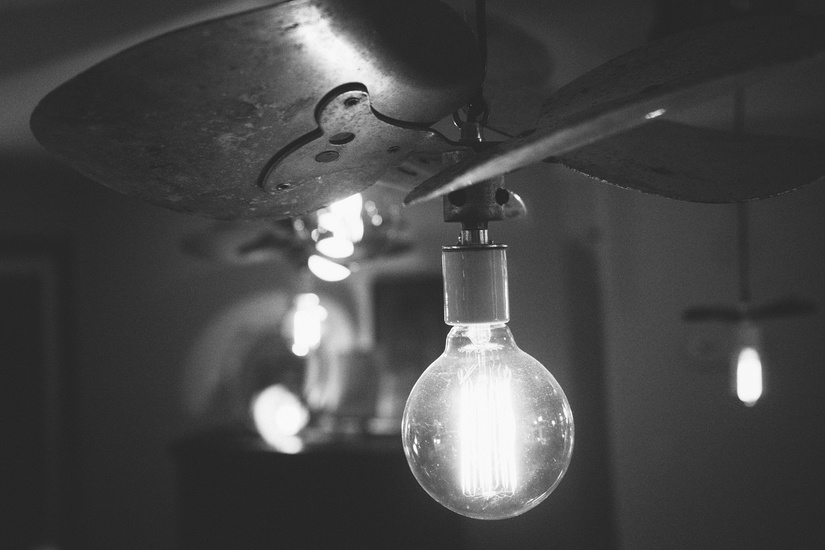When we talk about reducing our power consumption, we tend to talk about it in broad strokes. “As a family, we…” is what you’ll read most often. This is great! It’s good to help families figure out how to reduce their dependencies on fossil fuels as well as the amount they spend each month on their electric bill. Too often, though, when you group responsibilities together for a whole family, each member of that family tends to think that, individual tasks are someone else’s job. And when everybody thinks that everything is someone else’s job, nothing actually gets done.
In this article, we’re going to help you beat the shirk. Here are the different things that each member of your family can do to reduce your family’s energy consumption and, by extension, save money on your power bills.
Young Kids
Little kids aren’t going to be able to remember or be physically able to do a whole lot. After all, you don’t want your four year old responsible for unplugging or plugging things into power strips, do you? That doesn’t mean, though, that they should be responsibility-free. On the contrary! The younger your kids are when you teach them to, for example, turn off the lights whenever they leave a room, the more ingrained it will be later on! In fact, making sure that the lights are off when they leave the room is a perfect responsibility for the youngest people in your home. You can also give them the task of opening curtains in the morning and closing them at night.

Older Kids
Once your kids are around the second or third grade they are more than capable of handling a few energy saving chores. For example, your older kids can start dusting vents so that the air flows through them properly. They can be trusted to hand wash their own dishes instead of just sticking them in the dishwasher after a snack–and saving the water in the sink for gray water purposes. You can trust them to unplug their own chargers, electronics, etc. You can even put them in charge of the family’s recycling and composting to make sure that nothing gets thrown away–which doesn’t have a whole lot to do with saving energy but is still good for the environment.
Teens
Teens can handle a fair amount of responsibility. Have your teens take over doing their own laundry and hanging the family laundry on the clothesline. Teens can dust the family’s ceiling fans to ensure they perform at their peak each day. Your teens can do the family’s dishes in the evening and ensure that the dishwasher is only run on full loads. They can help save and harvest gray water from around the house to use for things like washing the car, etc. Keep an updated list of your fridge’s contents on a magnet white board (or chalkboard) on the fridge door and have your teens update it whenever they take something out, to prevent them from standing in front of the open door for what feels like years at a time.
Parents
Obviously the bulk of the energy saving work is going to fall to the parents and adults in a home. This is because the parents have the purchasing power.
Parents, make sure that your home’s appliances are all as energy efficient as possible. Arrange your home’s furniture to take advantage of natural light so that you won’t rely as much on lamps.
In addition to household energy usage, you can also make sure that your power consumption is as green as possible. The best way to do this is to opt in to green power programs with your local energy providers. This might cost you a few extra dollars each month, but with the effort you and your family are making at home to reduce your power consumption, it should even out. And, if you’re lucky enough to live in a state like Texas, where the energy market has been deregulated, you can shop around to make sure that you choose a company that offers renewable power at prices you can afford. Click here to find companies in Texas and other deregulated states so that you can compare providers.
Parents are also responsible for scrutinizing their energy bills and making sure that they aren’t being charged exorbitant amounts of money in fees and taxes.
There are so many things that families can do to reduce their power consumption. If you really want to use less energy, though, you need to assign the different parts of that goal to specific members of your family. Use these ideas to help you get started.



We’ve started the transition to all LED. Pricey to upgrade, but should be well worth it in the long run.
I love the idea of getting the kids involved! It is so important to get them involved in saving energy and helping to reduce bills.
It does seem like Energy needs to be taught over and over again to kids but when they start PAYING the bill is when they really start focusing on costs.